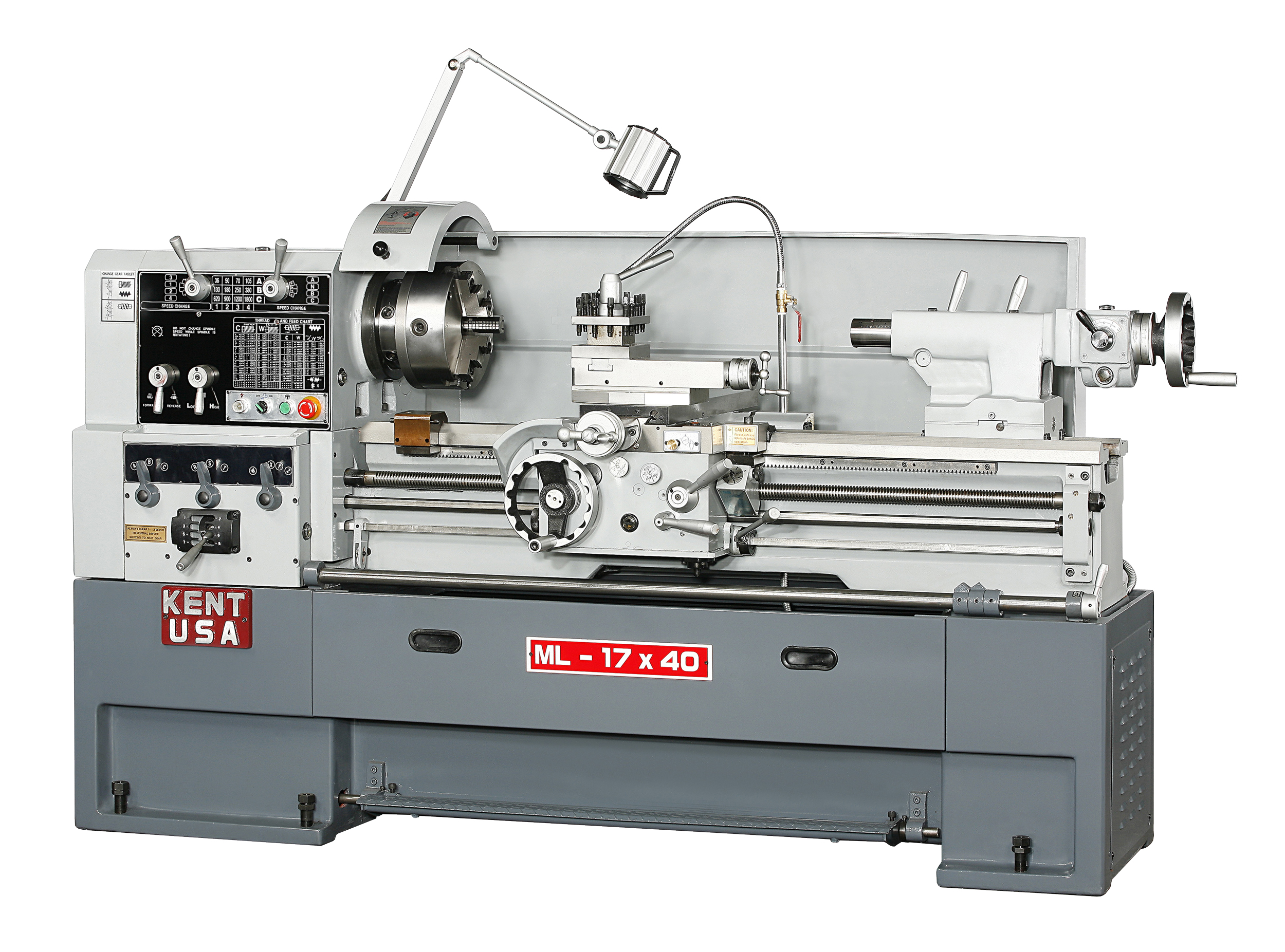As pointed out above, on these medium size lathes, HP is not an issue. I’m on the small end with a 5hp, 15” lathe and it is hard to actually load it up to the motor limit - usually there is going to be some other constraints (how large the part is, capability of the tooling, etc). What I like to see on a lathe is a slow bottom end. For the size machine you are looking at, I’d want 30 rpm (or slower). It is not about needing lots of torque, sometimes you just need to crawl along.
Example: I was cutting a 21” dia wheel in the gap on my 15” lathe - that is a surface speed of nearly 250 ft/min in my slowest speed, 45 rpm. The tooling did not last long, fortunately the job did not take long, so all worked out fine. Another example is if you are threading to a shoulder or you want to do ramp out threads - slow is your friend. My 11” S&B lathe will go down to 30 rpm (shift on the fly), that is a very nice feature.
Of course if you go the VFD option, then you will get a very low bottom speed and the ability to dial it down while cutting (i.e. To snuggle a thread up to a shoulder).
As pointed out above, the top end speed is probably not a big deal. My 15” lathe has a top speed of 2000, that gets used about once per year (so nice to have, but very easy to work around). That lathe has 16 speed selections - I do 95% of the work on my 3 favourite speeds. A “some day” project is to change the sheaves so the input shaft is about 75% of the present value (I guess after owning the machine 40 years it probably won’t happen). Installing a VFD would be a good option. A 3rd option is to buy another lathe - which is what I did (have two small lathes that will go slower).
Part of the point here is that it is hard to get every feature you may want in one machine. There is much kidding here in these discussion groups about buying more tools, more machines etc, but it is somewhat valid because you can get different features and capabilities. Get a good lathe (all the ones you have discussed are good), but don’t over analyze it, the perfect machine does not exist.


